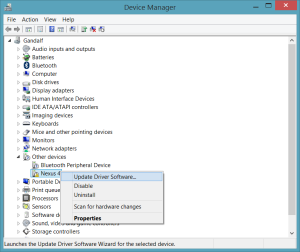


The username is adminuser and the password is located in the KeyVault under vm-jumpbox-password A TRE Administrator can access Nexus though the admin jumpbox provisioned as part of the TRE deployment.It will also set up HTTPS using the certificate you generated in the previous section, so proxies can be served at Setup and usage templates/shared_services/sonatype-nexus-vm/scripts/nexus_repos_config folder. This will deploy the infrastructure required for Nexus, then start the service and configure it with the repository configurations located in the. The SSL certificate name should default to nexus-ssl, so there's no need to change it unless you gave it a different name in the previous step. Select the Nexus template then fill in the required details. Navigate back to the TRE UI, and click Create new again within the Shared Services page. Make shared_service_bundle BUNDLE=sonatype-nexus-vm Run the below command in your terminal to build, publish and register the Nexus shared service bundle: Once deployed, the certs service will use Letsencrypt to generate a certificate for the specified domain prefix followed by -) and looking for a certificate called nexus-ssl (or whatever you called it).Īfter verifying the certificate has been generated, you can deploy Nexus: You need to either manually recover the certificate or purge it before redeploying.

If you have KeyVault Purge Protection enabled and are re-deploying your environment using the same cert_name, you may encounter this: Status=409 Code=\"Conflict\" Message=\"Certificate nexus-ssl is currently in a deleted but recoverable state. Install Workspace Service and User Resource You can either unpack the archive in a directory to which you have full access, or you can install it with a Docker image.Migrate from an existing V1 Nexus service (hosted on App Service) Installing and running Nexus Repository is straight-forward. This section covers installing and upgrading Nexus Repository.


 0 kommentar(er)
0 kommentar(er)
